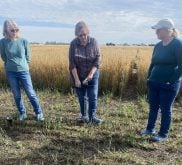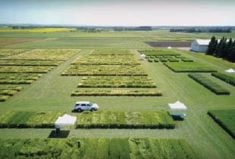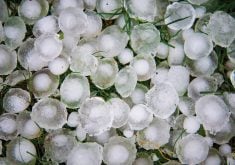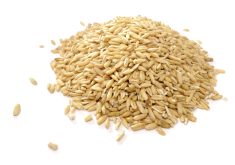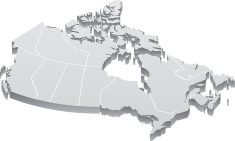The seed you plant is ground zero for any healthy, profitable crop. So it only makes sense to know as much about it as possible before putting it in the ground.
However, a lot of producers are still doing the bare minimum of seed testing, and experts say it’s causing them to miss out.
Although most Alberta producers test seed for germination potential and conduct the required-by-law fusarium screening test, targeted seed testing can do much more. A new program — dubbed Seed Smart — is encouraging them to view testing as a powerful management tool.
Read Also
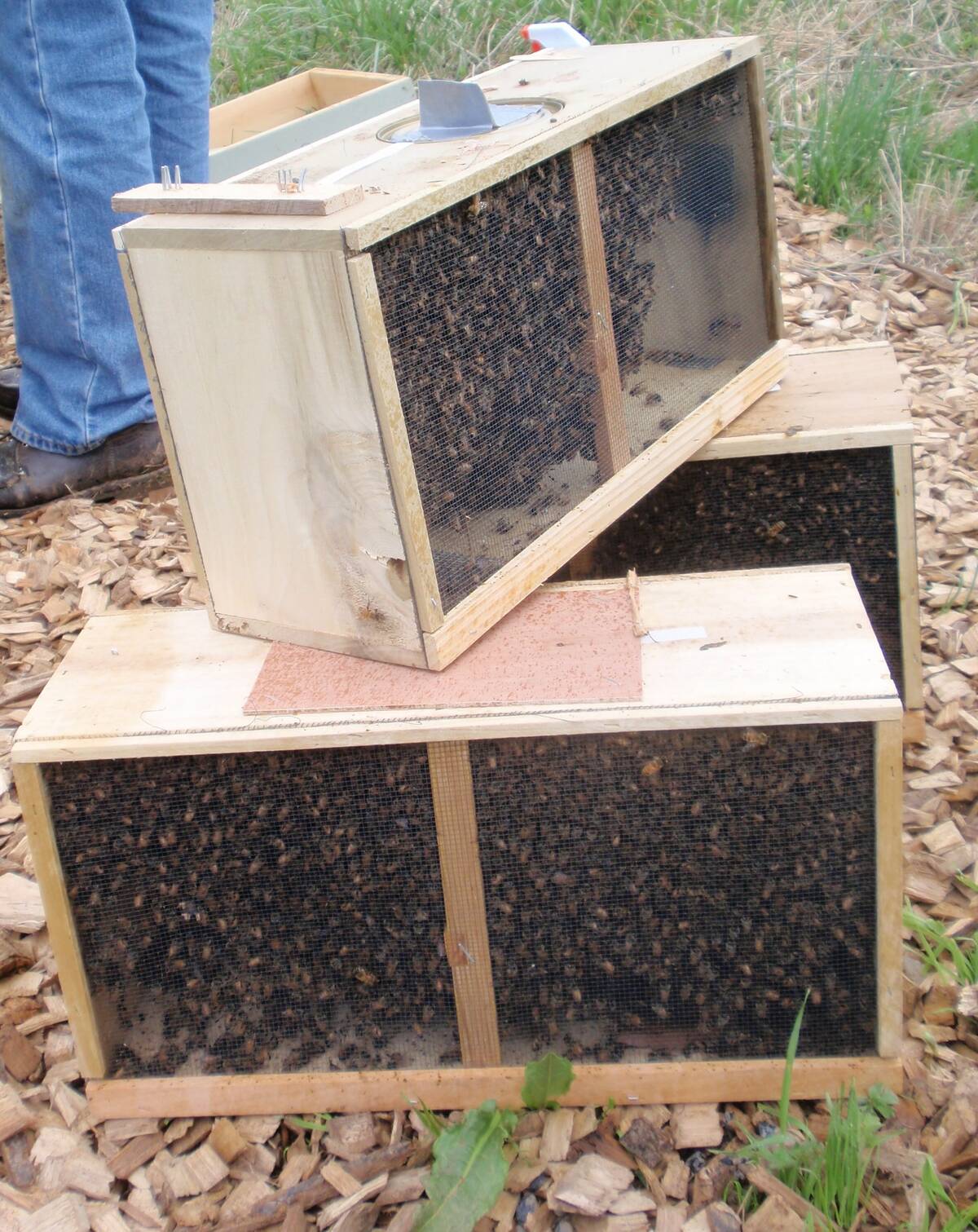
Canadian beekeepers call for regulatory accountability
Beekeepers say the Canadian Food Inspection Agency should restore U.S. packaged bee shipments, claiming the agency isn’t following evidence.
“Seed labs in Alberta offer many more tests than fusarium screening and germination,” said Monica Klaas, general manager of Alberta Seed Processors, which runs the Seed Smart program.
“For example, growers can order a vigour test which measures seed performance under non-ideal conditions. We all know that Alberta — more often than not — gets non-ideal conditions in the spring and we need to know how that seed is going to perform in that environment.”
Get a representative sample
Seed testing will be particularly important this year because it follows a late, lengthy harvest, said Klaas. But useful testing depends greatly on getting a representative sample.
“Sample often,” she said. “Farmers should take many, many samples from every truckload. You should at least be using a cup sampler, which is basically a plastic can on a stick. This commonly used sampler is not totally optimal for seed sampling but it is better than just opening up a bin and taking a scoop out of the door.”
The composition of a single stream of grain can vary wildly, said Klaas. This is why producers should sample “everywhere,” meaning all along the width of the stream of grain coming out of a truck, grain box, or Super B.
“It’s very important to pass your grain sample device through that stream so you’re getting it from the edge, the middle, and then from the far edge. The sides of the stream can be very, very different from the middle one, so sample completely through that stream of grain and take many samples.”
Then mix. Klaas recommends using a Rubbermaid bin for this.
“They tend to be flatter than a white plastic bucket and sort of rectangular, which makes it easier to mix the composite sample.”
So how large should your composite sample be? That depends on the variability within your field, said Klaas.
“If you have a field that is more or less uniform, then taking a large sample for your lot size isn’t as important as if you had a field that’s very non-uniform. If you have fields with hills and sloughs and different environmental factors like that, then taking a larger sample is definitely in your best interest.”
Samples can then be dropped off at a local Co-Op seed-cleaning plant, which will then send them to one of three accredited seed-testing labs in Alberta.
“In many cases we’re able to combine sample shipments, in which case the seed lab pays for the shipping so there is a savings for the farmer,” said Klaas.
What to look for
Here are a few key things the Seed Smart program is encouraging farmers to test their seed for:
Germination and vigour: The former is a common test viewed as the bare minimum. It’s a standardized test which measures seed performance under warm and moist conditions.
But since conditions often aren’t ideal, that’s where a vigour test comes in. It’s a non-standardized test in which various labs use their own protocols to emulate seed performance under typically colder field conditions.
Requesting a vigour test is always a good idea, but will be especially important this year because so much seed was harvested under less-than-ideal circumstances last fall, said Klaas.
“In some cases it has created an internal dormancy in the seed that needs to be broken. The seed labs have ways to break that dormancy and take a look at it with both a germination test and a vigour test.”
Disease screening: Although fusarium testing is extremely important, it shouldn’t be the only disease tested for, said Klaas. Since disease can usually be correlated back to field infection, a full panel of tests for common diseases can give producers a guideline for field scouting and planning crop protection strategies.
“Fusarium levels are trending down, but because of that lengthy harvest there were other diseases that were allowed to build up such as common root and the leaf spot pathogen septoria, to name a few,” said Klaas.
“Also, in 2018 most parts of Alberta had a very hot, dry summer. It’s in June and July when your cereal crops are flowering that’s a prime time for fusarium to set in. Generally speaking — and there are exceptions to this statement — we are seeing lower fusarium infection levels. But that does not correlate to better overall seed quality due to the poor harvest conditions.”
Purity: Pedigreed seed is required to undergo a purity test in order to determine whether a lot makes a Canadian seed grade. However, it can also be useful for growers planting farm-saved seed because it tells you if other crop kinds, fungal bodies, or weeds exist in a seed lot.
Thousand seed weight: Although not an indicator of quality, seed tests can also help producers adapt to an emerging trend of measuring seed in thousand seed weight (TSW). This measure helps producers hit the right seeding rate for optimum yield.




